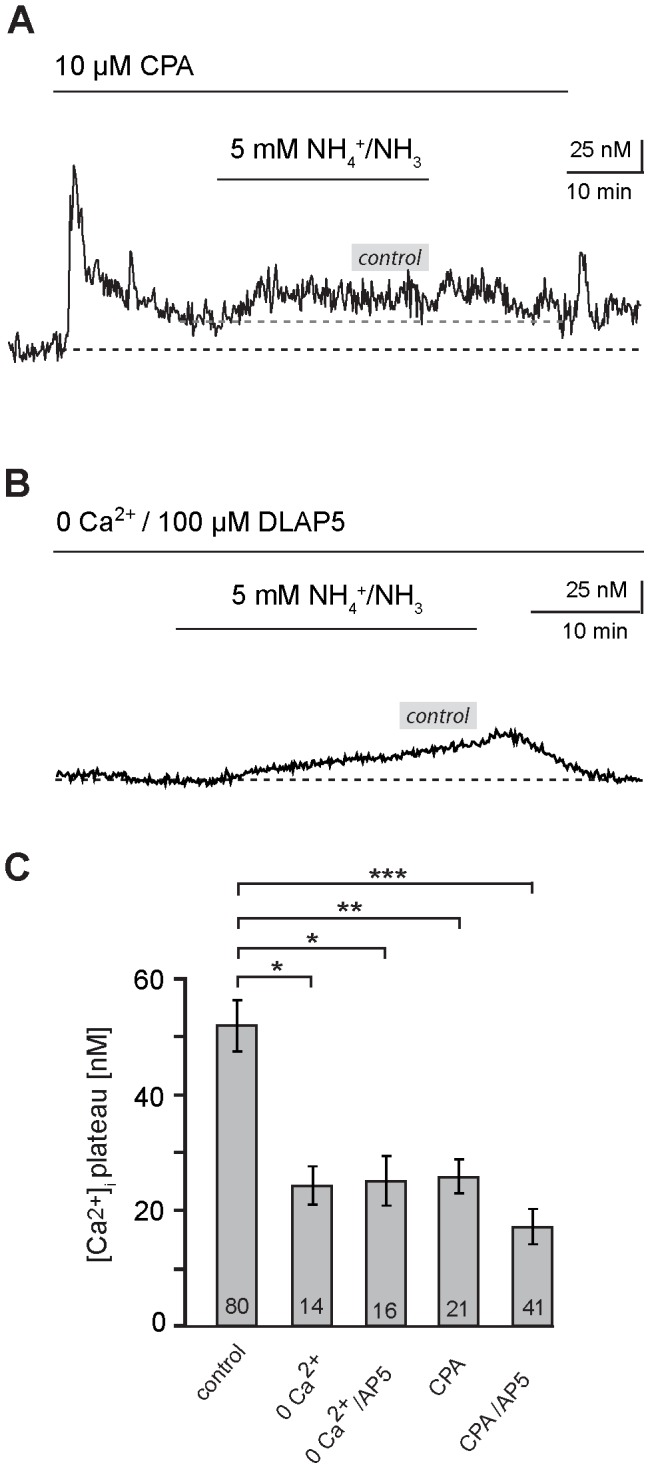Figure 6. Involvement of calcium influx and intracellular stores in NH4 +/NH3-induced calcium changes.

(A) Influence of combined removal of extracellular calcium with the NMDA-receptor blocker DLAP5 (“0Ca2+/100 µM DLAP5”; indicated by bar) on NH4 +/NH3-induced calcium changes in a hippocampal astrocyte. Note the decrease in calcium upon removal of calcium. (B) Influence of the SERCA blocker CPA (10 µM, indicated by bar) on NH4 +/NH3-induced calcium changes in a hippocampal astrocyte. Note the biphasic calcium elevation induced at the onset of CPA perfusion. (A), (B) The grey bars indicate the average amplitude of the sustained calcium increase evoked under control conditions in the absence of blockers (∼50 nM) (C) Histogram showing the mean peak amplitude ± S. E. M. of sustained calcium changes in response to NH4 +/NH3 in the control, in the nominal absence of extracellular calcium, in the absence of extracellular calcium combined DLAP5, in the presence of CPA and in the combined presence of CPA and DLAP5. The number of cells is given within the bars; all manipulations result in significantly smaller changes in calcium as compared to the control (***: p<0.001; **: p<0.01; *: p<0.05).
